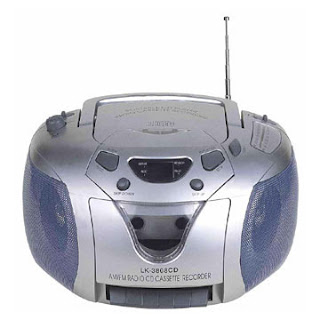We are revamping our reading program school wide this year. Our primary students have been assessed and assigned into differentiated reading groups based on reading ability and not on grade. Three times per week, we are working in these reading groups led by our classroom teachers, our Learning Assistance teacher, our Teacher Librarian, some Literacy-Support teachers that we have added to our staff and myself. The groups vary in size depending on the strength of the readers--the stronger groups are larger--and we have purposely placed the lowest (and smallest) groups with the classroom teachers. It's a good plan for the entire school, because we feel that:
- we will improve the overall reading levels of the the primary students more efficiently
- we have the structures in place to best support the classroom teachers
- by supporting the classroom teacher we are supporting the learners in the best way possible
- a systematic approach to reading is better than trying to work on things in isolation
- by aggressively focusing our energy on reducing primary students assessed as "at-risk" in reading, our goal is to reduce the number of at-risk students in the intermediate grades.
Guess what? There weren't any!
How have we gotten to a place where headphone jacks aren't a standard component to a CD player? I did eventually find some, for more than twice the price, but I had to go to 5 stores to finally find them.
This got me to thinking about the philosophy and the history of what we are trying. We have used data (new) to identify a need (old). The data has been collected (old) and analyzed and aggregated (new) so that we are using creating very specific intervention as a response to very specific data (new). Differentiated reading groups is certainly not a new idea; it's done all over the place. The difference, here, is that it is new to us. If I go back to my CD player fiasco, the CDs themselves (old) represents a traditional, tried and tested model of support. I could have bought tonnes of MP3 players (new), all complete with fancy ear bud headphones (new), but then the CDs (old) couldn't be played. I guess we could have transferred the analog program (old) into a digital format (new) to work with an MP3 player (new), but that would have been a tonne of work, and would have really only gotten us back to the same place that we started at. Whew!
The best part about of new model of support isn't really any of the supports that we are offering our teachers and students, but rather the way in which we are offering those supports. Our collaborative model of support is designed to pull staff together, during the regular work day, so that they can use the data we collect to create targeted responses to the challenges that we identify. It's structured, it's systematic and it's school-wide.

No comments:
Post a Comment